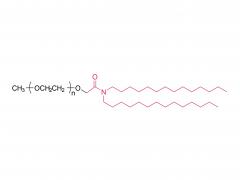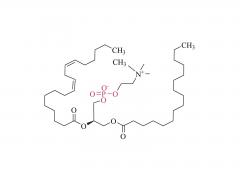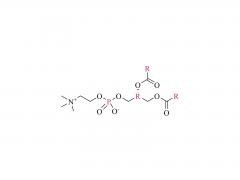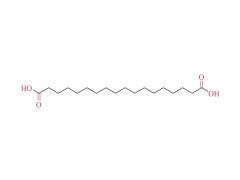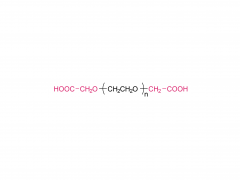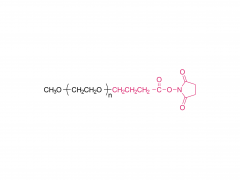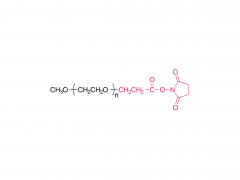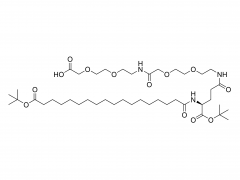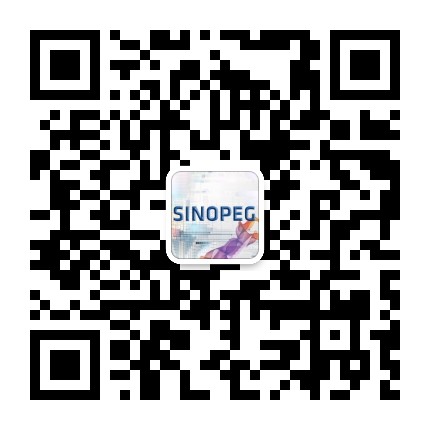
1. Definition and chemical structure
mPEG-AA, full name mPEG-Acetic Acid is a linear mono-functional agglomerating glycol acid agent. Its chemical structure consists of the following two parts:
Methoxy-polyethylene glycol (mPEG) chain: As a hydrophilic polymer chain, giving the molecule good water solubility.
Carboxylic (-COOH) end group: Linked to mPEG chain by methylene (-CH₂-), providing the reactive site.
Molecular weight: can be customized according to requirements, common specifications include 1k, 2k, 3.4k, 5k, 10k, 20k, etc.
2. Physical and chemical properties
Solubility: Soluble in most organic solvents (such as dichloromethane,N, N-dimethylformamide, dimethyl sulfoxide, tetrahydrofuran, etc.).
Low toxicity and biocompatibility: suitable for biomedical field, low immunogenicity.
Reactivity: Carboxyl groups can form stable amide bonds with amino groups (e.g., proteins, antibodies, peptides) through coupling reactions (e.g., EDC/NHS catalysis).
3. Main application areas
(1) Drug delivery system
Function: As a drug carrier, through covalent binding or physical encapsulation to improve drug stability and cycle time.
Advantages: Hydrophilic mPEG chain can reduce protein adsorption and clearance of reticuloendothelial system (RES), and prolong the half-life of drugs in vivo.
(2) Biological imaging
Fluorescent labeling: Combined with fluorescent dyes (e.g. Cy3, Cy5) for cell tracking or in vivo imaging.
MRI contrast agent: By coupling metal ions such as gadolinium (Gd), enhance the contrast of magnetic resonance imaging.
(3) Tissue engineering and regenerative medicine
Biomaterial modification: mPEG-AA is introduced on the surface of scaffold materials to improve the microenvironment for cell adhesion, proliferation and differentiation.
Targeted delivery: Binding ligands (such as RGD peptides) for cell-specific targeting.
(4) Biochemical analysis and diagnosis
Antibody/protein modification: Used in ELISA, Western Blot and other experiments to improve the detection sensitivity.
Nanoparticle functionalization: mPEG-AA is modified on the surface of gold nanoparticles or quantum dots to improve dispersion and stability.







